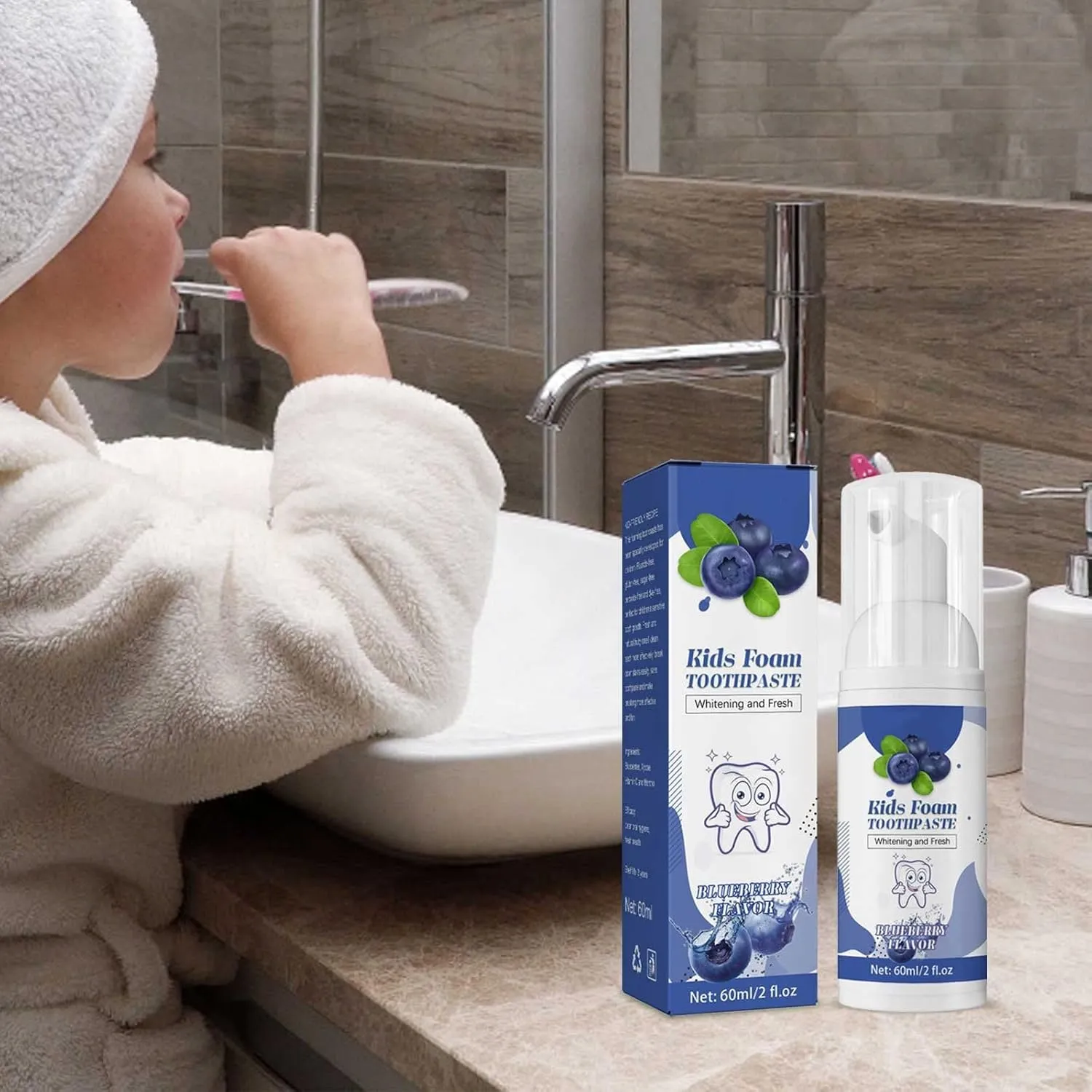What Is Whitening Toothpaste?
Whitening toothpaste is a type of toothpaste designed to remove surface stains and brighten the appearance of teeth. Unlike professional whitening treatments, these toothpastes typically don’t change the natural color of teeth significantly. Instead, they work by using abrasive agents or chemical compounds to scrub away stains caused by things like coffee, tea, or certain foods. While they can be effective for adults, the question of whether they are safe for children is a critical one for parents and caregivers. Understanding the ingredients and how they affect children’s delicate teeth is crucial for making an informed decision about oral hygiene practices. The primary goal is to promote healthy teeth and gums while minimizing potential risks, making the choice of toothpaste an important consideration.
Understanding the Ingredients in Whitening Toothpaste
Whitening toothpastes contain a variety of ingredients that contribute to their stain-removing abilities. Two key components are abrasive agents and whitening agents. Abrasives physically scrub the teeth’s surface to remove stains, while whitening agents often use chemicals to help break down stains. It’s important to know what these ingredients are and how they work. Parents should be aware of what their kids are putting in their mouths. The best way to do this is to read the label and look for any ingredients that might be harmful to children. Knowing these details allows parents to assess the suitability of these products for children and make informed choices aligned with their children’s oral health needs.
The Role of Abrasives
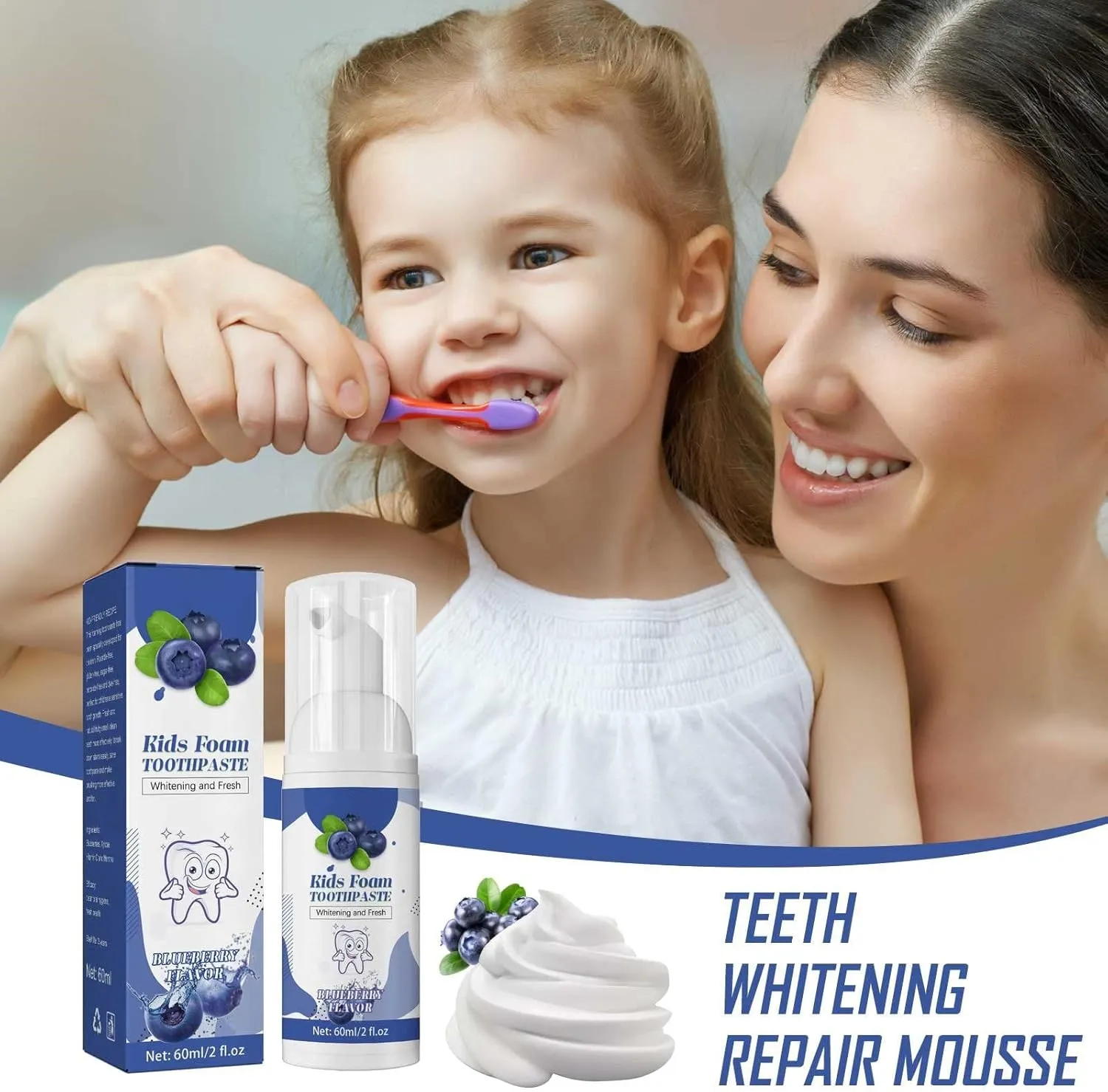
Abrasives are the workhorses of whitening toothpastes. They act like tiny scrubbers, physically removing stains from the surface of the teeth. Common abrasives include hydrated silica, calcium carbonate, and dicalcium phosphate dihydrate. While effective, these agents can be too harsh for children’s enamel, which is thinner and more susceptible to damage than adult teeth. Excessive abrasion can wear down the enamel over time, leading to increased sensitivity, and a higher risk of cavities. It’s essential to choose toothpastes with gentle abrasives and supervise children’s brushing habits to ensure they are not applying too much pressure, reducing the risk of potential damage. These ingredients are designed to clean the teeth, but can also damage the teeth if the child is not careful.
The Role of Whitening Agents
Some whitening toothpastes incorporate chemical agents to enhance their stain-removing capabilities. Hydrogen peroxide and other peroxide-based compounds are frequently used for their ability to penetrate the enamel and break down stain molecules. While effective in adults, these agents can pose risks for children. Children’s enamel is more porous, and their gums are more sensitive, increasing the likelihood of irritation or adverse reactions. Furthermore, children may swallow a portion of the toothpaste during brushing, leading to potential ingestion of these chemicals. The use of whitening agents in children’s toothpaste requires careful consideration of both effectiveness and safety, and professional guidance is helpful to make the best decision. These whitening agents should be avoided if possible.
Why Children’s Dental Needs Differ
Children’s teeth differ significantly from adults’ in several ways that affect their oral hygiene needs. Their enamel is thinner and less mineralized, making it more vulnerable to acid erosion and abrasion. Moreover, children’s gums are more delicate and susceptible to irritation from harsh chemicals or aggressive brushing. Children’s teeth are still developing, and their enamel is less resistant to the effects of whitening agents. The need for a gentler approach to oral care becomes evident when one considers these differences. What is safe and effective for adults may not be appropriate for children, highlighting the importance of age-specific products and careful consideration of ingredients. Regular dental check-ups and guidance from a dentist are also key for children’s oral health.
Sensitivity and Enamel
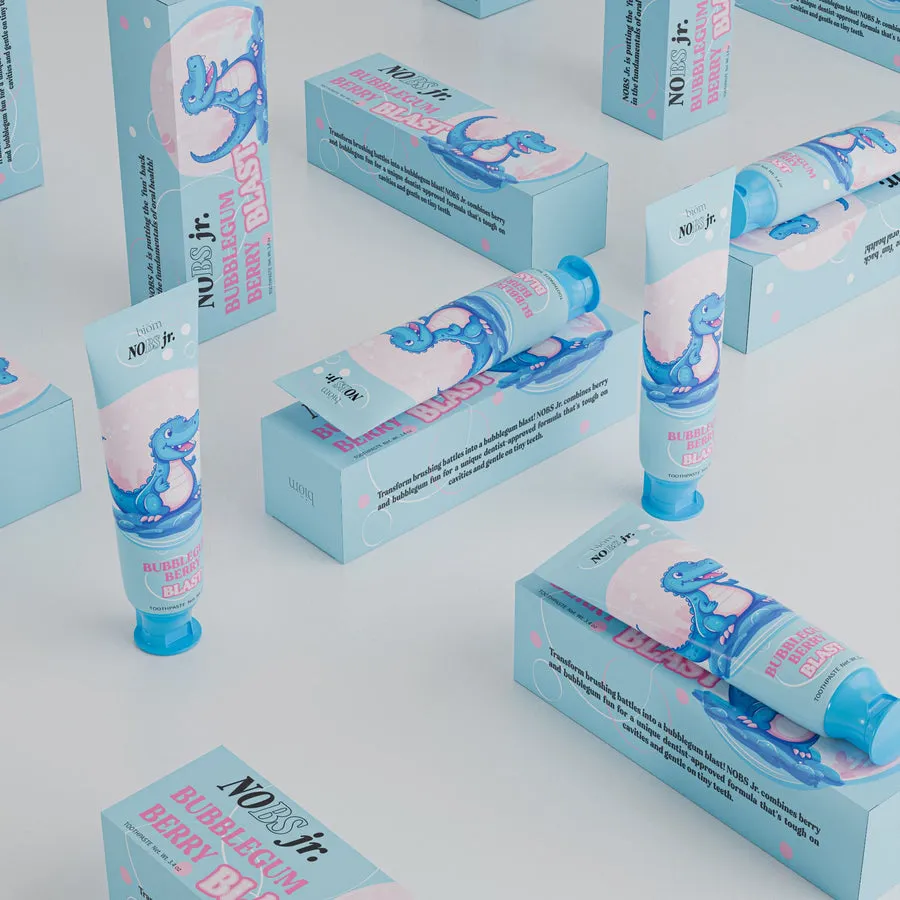
The sensitivity of children’s teeth is heightened due to their thinner enamel. Enamel acts as a protective barrier, but when it is compromised by abrasive agents or chemical irritants, the underlying dentin becomes exposed, causing sensitivity. This can lead to discomfort when consuming hot, cold, sweet, or acidic foods and drinks. Regular use of whitening toothpastes containing harsh abrasives can accelerate enamel erosion, further increasing sensitivity. For children, preventing enamel erosion is crucial for promoting healthy teeth and gums. Children’s toothpastes usually contain fluoride to help strengthen the enamel, and protect the teeth. It is important to be cautious when using whitening toothpastes, as these products may reduce the benefits of using fluoride.
Swallowing Toothpaste Risks
Children often swallow a portion of toothpaste while brushing, especially younger kids. Whitening toothpastes may contain ingredients, such as hydrogen peroxide, that can cause stomach upset or other health issues if ingested in significant amounts. While the amount of toothpaste swallowed during each brushing session is usually small, the cumulative effect of daily exposure can be concerning. Therefore, parents need to be aware of this risk when selecting toothpaste for their children. This is particularly important for very young children. Additionally, it is crucial to supervise children while brushing and teach them how to spit out the toothpaste and rinse their mouths thoroughly. This is also why pediatricians recommend that children under the age of three should only use a smear of toothpaste on their toothbrush.
Safety of Whitening Toothpaste for Kids
The safety of whitening toothpaste for kids is a complex issue, and the answer isn’t straightforward. While some whitening toothpastes may contain ingredients that are potentially harmful to children, others are formulated with gentler ingredients and lower concentrations. The potential risks of using whitening toothpastes vary depending on the child’s age, oral hygiene habits, and the specific ingredients of the toothpaste. It is important to carefully review the product label. Generally, it is advised to consult a dentist before using any whitening toothpaste on children. The dentist can assess the child’s oral health and provide personalized recommendations based on the child’s needs. They can also guide parents on safe brushing practices and recommend alternative teeth-whitening methods.
Potential Risks of Whitening Toothpaste
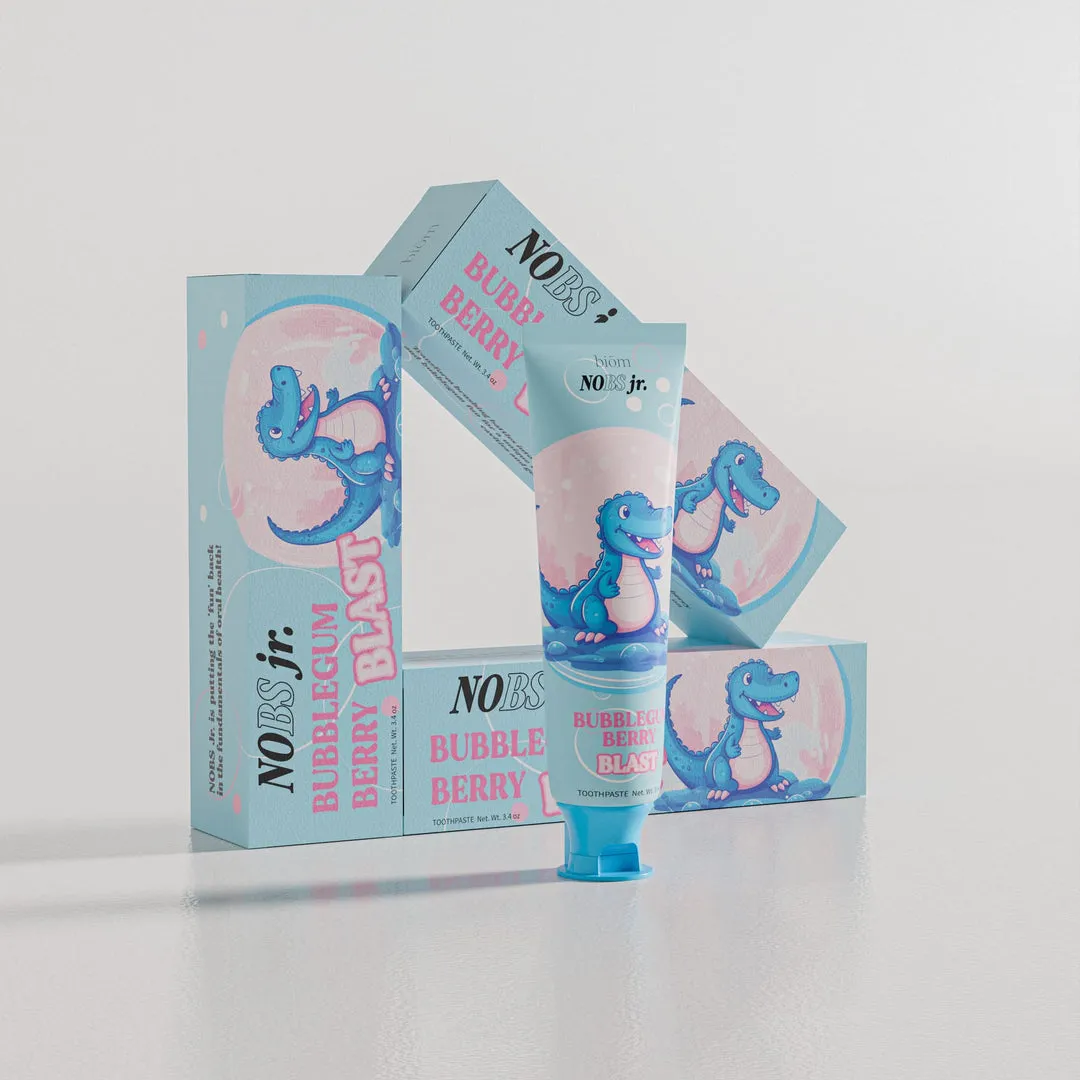
The use of whitening toothpaste carries several potential risks for children. These include enamel erosion, increased tooth sensitivity, gum irritation, and the potential for swallowing harmful chemicals. Enamel erosion can lead to cavities and long-term dental problems, while increased sensitivity can cause discomfort during eating and drinking. The harsh ingredients in some whitening toothpastes may irritate the gums, leading to inflammation or bleeding. Moreover, the ingestion of whitening agents or excessive fluoride can cause stomach upset or other health complications. Therefore, it is essential to carefully consider the potential risks and benefits before using these products on children. Consulting with a dentist is always advisable to make an informed decision that prioritizes children’s oral health and well-being.
Staining and Irritation
The use of whitening toothpaste can sometimes lead to adverse effects such as staining and irritation. Harsh abrasives can scratch the enamel, making the teeth more susceptible to staining from food and drinks. Certain ingredients in whitening toothpastes can cause gum irritation, leading to redness, swelling, or even bleeding. These side effects are more common in children because their gums are more sensitive. It’s important to look for signs of irritation in children, such as sore gums or changes in the appearance of the teeth. If any adverse effects are noticed, you should stop using the toothpaste immediately and consult a dentist. Choosing gentle, kid-friendly formulas can help minimize these risks and keep children’s gums safe and healthy.
Guidance from Dental Professionals
Dental professionals play a crucial role in guiding parents on appropriate oral hygiene practices for their children. Dentists and hygienists have extensive knowledge of oral health and the specific needs of children’s teeth and gums. They can assess a child’s oral health, identify potential risks, and provide personalized recommendations on toothpaste selection and brushing techniques. When considering whitening toothpaste for kids, seeking advice from a dental professional is essential. They can evaluate the child’s enamel strength, gum health, and oral hygiene habits to determine whether whitening toothpaste is appropriate. If recommended, they can suggest specific products that are safe and effective. They can also offer guidance on safe brushing practices and help parents address any concerns. This expert guidance ensures that children receive optimal oral care while minimizing potential risks.
Recommendations for Whitening Toothpaste Use
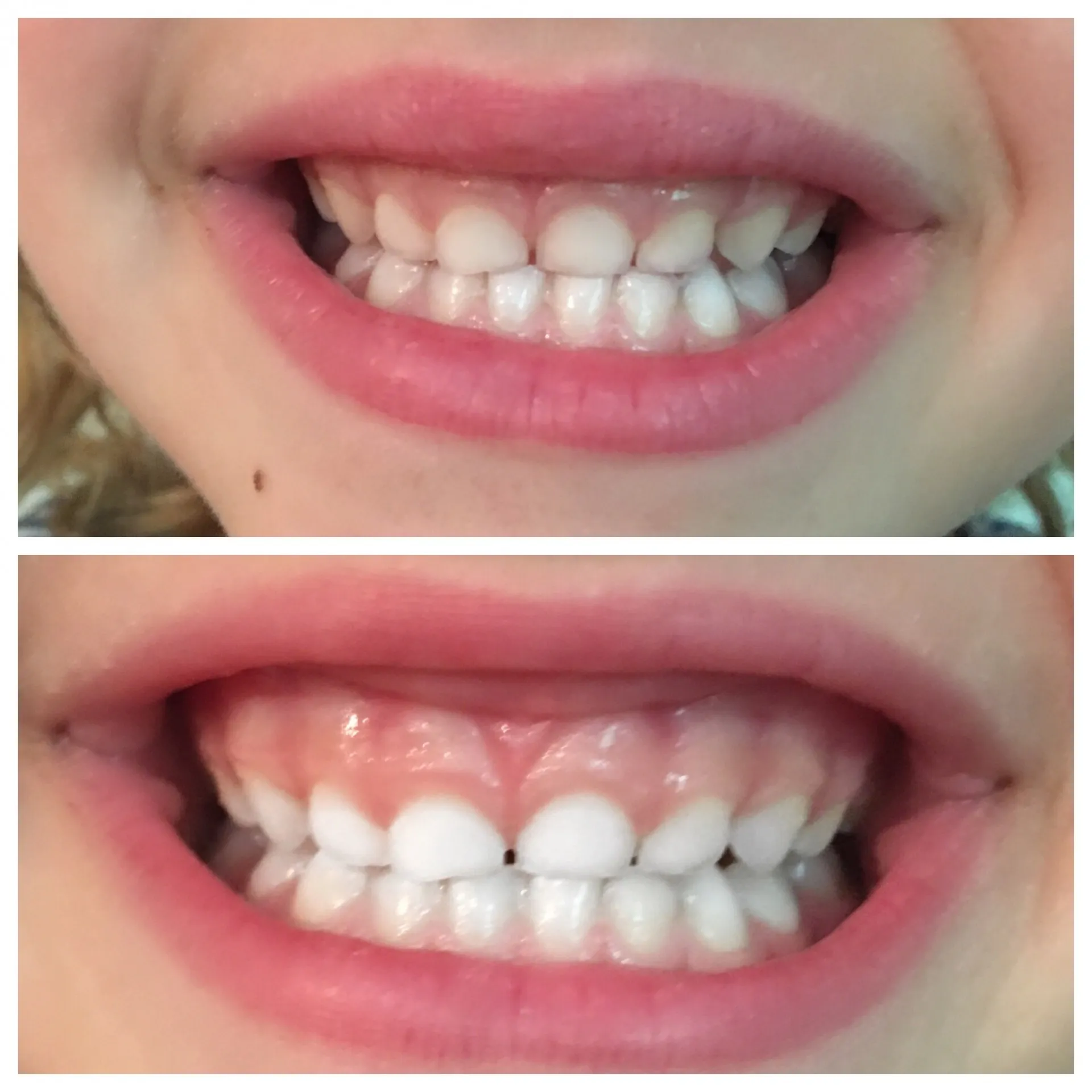
The use of whitening toothpaste for children should be approached with caution and careful consideration. Before using any whitening toothpaste, consult with a dentist to get a professional assessment of your child’s oral health. If the dentist approves its use, select a toothpaste specifically designed for children. Always supervise your child while brushing to ensure they are using the correct amount of toothpaste and brushing gently. Encourage children to spit out the toothpaste thoroughly after brushing and rinse their mouths to minimize ingestion. Limit the frequency of use to once or twice a day. Watch for any signs of sensitivity or irritation. Regular dental check-ups are also vital to monitor oral health and detect any potential issues early on. Following these recommendations can help ensure that children receive the benefits of teeth whitening while minimizing the risk of adverse effects.
Alternatives to Whitening Toothpaste for Kids
There are several alternatives to whitening toothpaste for children, which offer effective ways to improve their oral health. Regular brushing with a fluoride toothpaste is still the most crucial step. Dietary adjustments can help prevent teeth staining. Encourage children to drink water after meals, as it helps rinse away food particles. Schedule regular dental cleanings and check-ups for professional teeth cleaning. You should also discuss professional whitening treatments, such as in-office bleaching or custom-fitted whitening trays. These alternatives can safely improve children’s smile, without the potential risks associated with whitening toothpastes. These options will help protect the overall oral health of children.
Safe Teeth Whitening Methods
Safe teeth-whitening methods for kids prioritize gentle approaches that minimize potential risks. One of the safest methods is professional cleaning by a dentist. This removes surface stains and plaque without using harsh chemicals or abrasives. Another safe option is the use of fluoride toothpaste. Fluoride strengthens enamel and helps protect against cavities. Dental professionals may also recommend custom-fitted whitening trays with a lower concentration of whitening agent. These are used under supervision, and are less likely to cause irritation. Before starting any whitening treatment, it’s crucial to consult a dentist. They can assess the child’s oral health and recommend the most appropriate and safe method for achieving brighter teeth.
Choosing the Right Toothpaste for Your Child
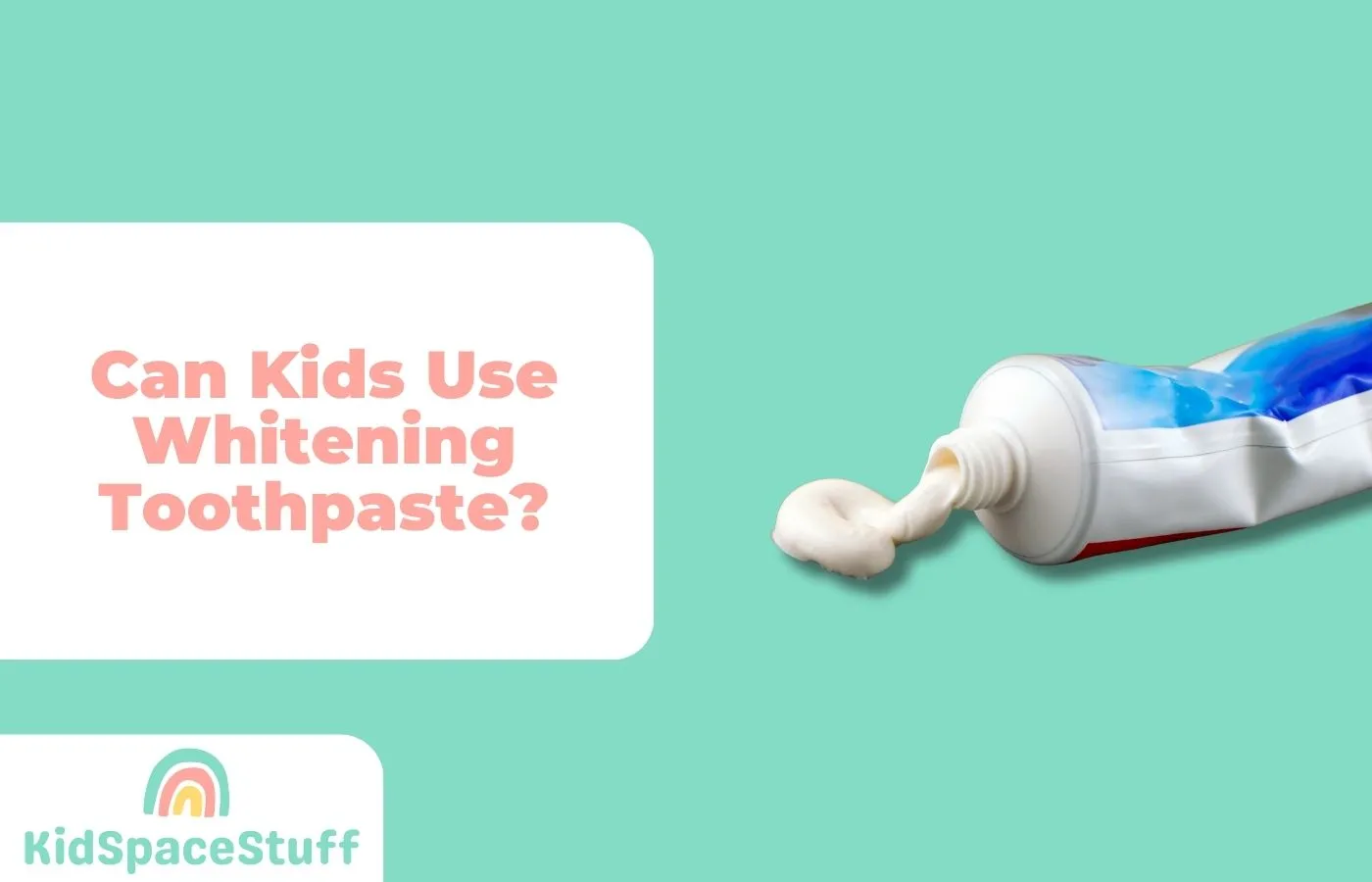
Selecting the right toothpaste for children is a critical part of their oral health. When choosing a toothpaste, prioritize the use of fluoride to protect against cavities. Look for toothpastes that are specifically designed for children. These formulas typically have lower concentrations of abrasives and flavors that appeal to kids. Ensure the toothpaste has the American Dental Association (ADA) Seal of Acceptance. This certification assures that the product has been tested and proven safe and effective. Avoid toothpastes with harsh chemicals or excessive whitening agents. It’s equally important to consider the child’s age and oral hygiene habits. Encourage children to brush their teeth at least twice a day. Supervise their brushing until they are old enough to brush their teeth properly themselves.
Other Important Considerations
Beyond toothpaste selection, several other factors play a crucial role in children’s oral health. Establishing good brushing habits is essential for removing plaque and food particles. Ensuring children brush their teeth for two minutes, twice a day, can significantly reduce the risk of cavities and gum disease. Limiting sugary snacks and drinks can also help prevent tooth decay. Regular dental check-ups are essential for detecting and addressing any dental issues early on. Proper nutrition, with a focus on calcium and vitamin D, supports strong teeth and healthy gums. Encourage the use of dental floss or interdental brushes to clean between the teeth. By incorporating these factors, you can ensure good oral health for children.
Brushing Habits
Establishing good brushing habits is crucial for children’s dental health. Children should brush their teeth at least twice a day. It’s best to brush in the morning and before bed. Teach children to use a soft-bristled toothbrush and brush gently. Use a pea-sized amount of fluoride toothpaste for children aged three and older. Supervise children’s brushing until they have the skills to brush their teeth properly. Brush all surfaces of the teeth for two minutes. Flossing daily can remove plaque and food particles from between teeth. Making brushing a fun activity can encourage children to follow this habit. Regular brushing and good habits help children maintain good oral health.
Regular Dental Check-ups
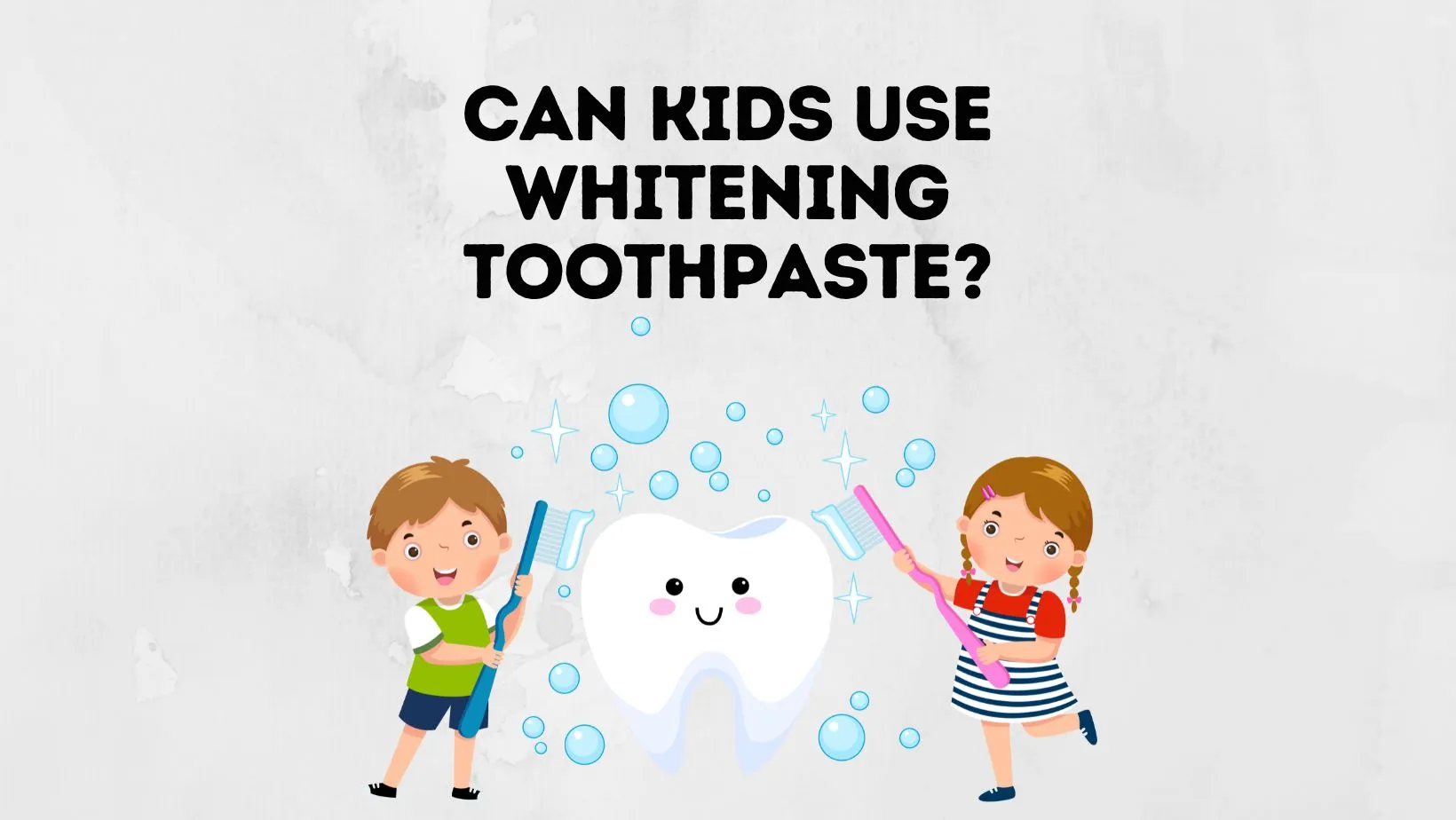
Regular dental check-ups are an important part of maintaining good oral health. Dental check-ups should start when children get their first tooth, or around their first birthday. During these visits, dentists can examine teeth, gums, and oral tissues. The dentist can detect potential problems such as cavities or gum disease early on. Professional cleanings remove plaque and tartar that can’t be removed through brushing. The dentist can provide fluoride treatments to strengthen enamel. Regular check-ups help children learn about oral hygiene. They can also ask questions and feel comfortable about visiting the dentist. These visits help create healthy smiles and lifelong oral health practices.
